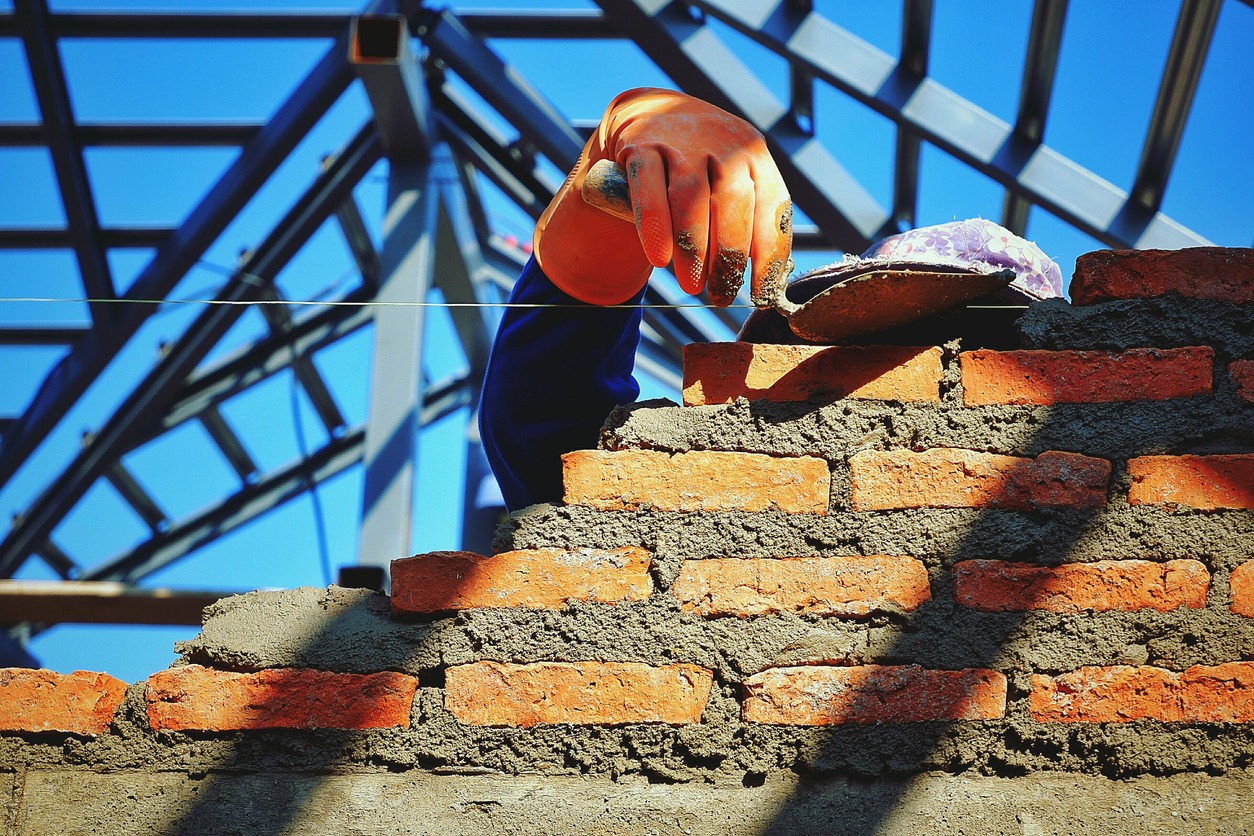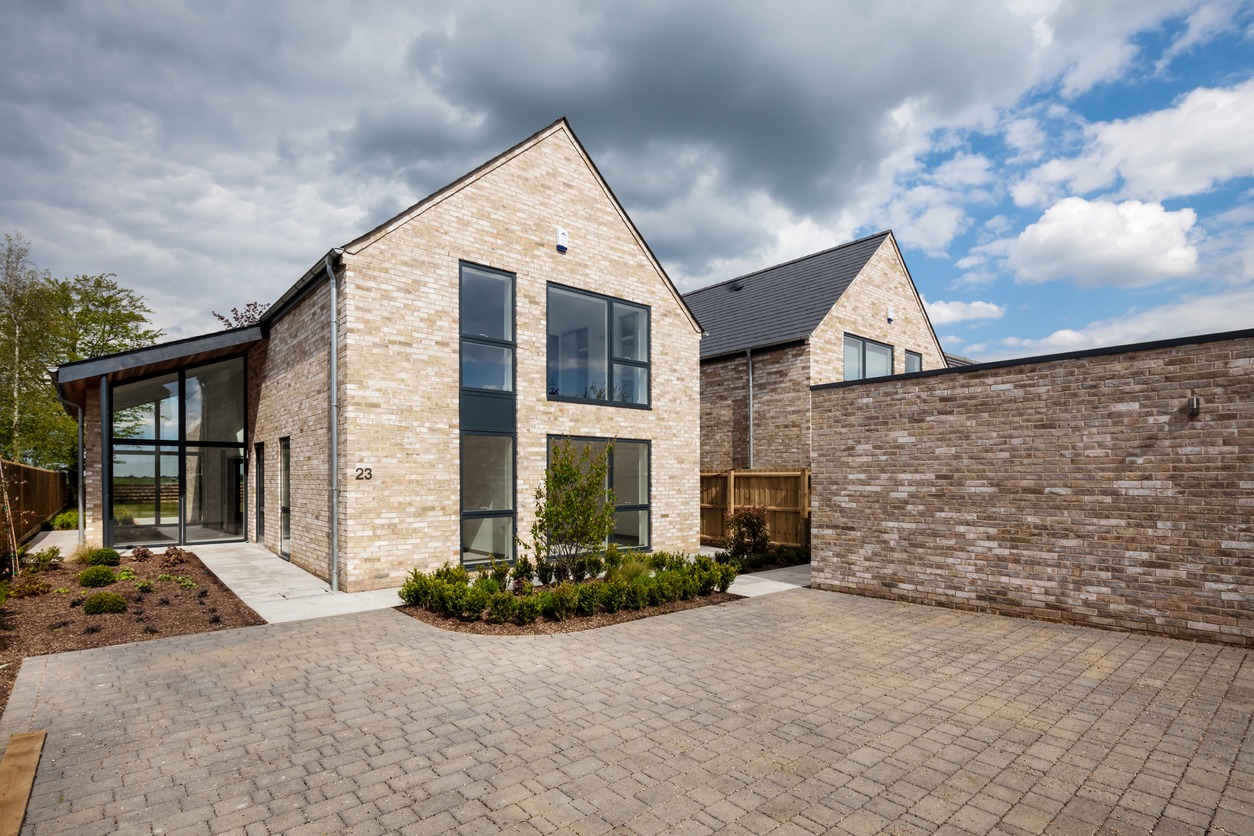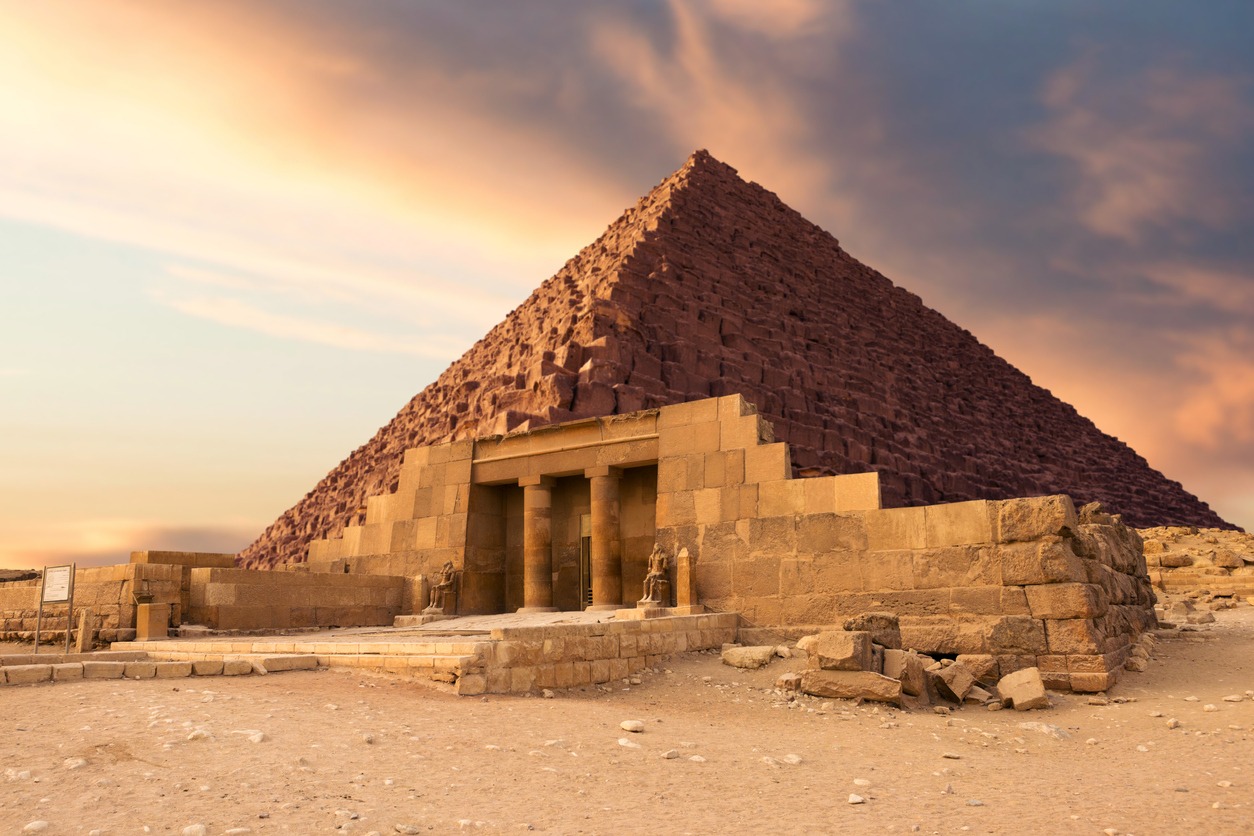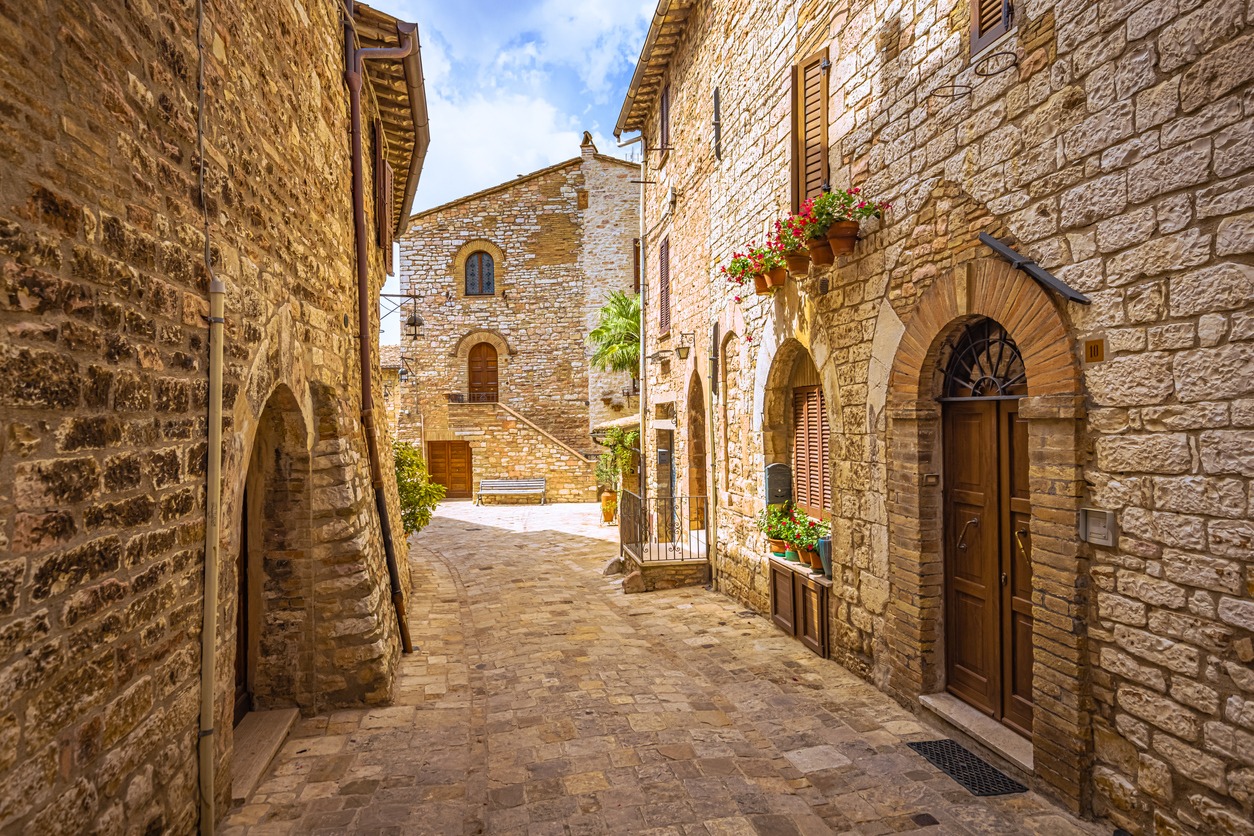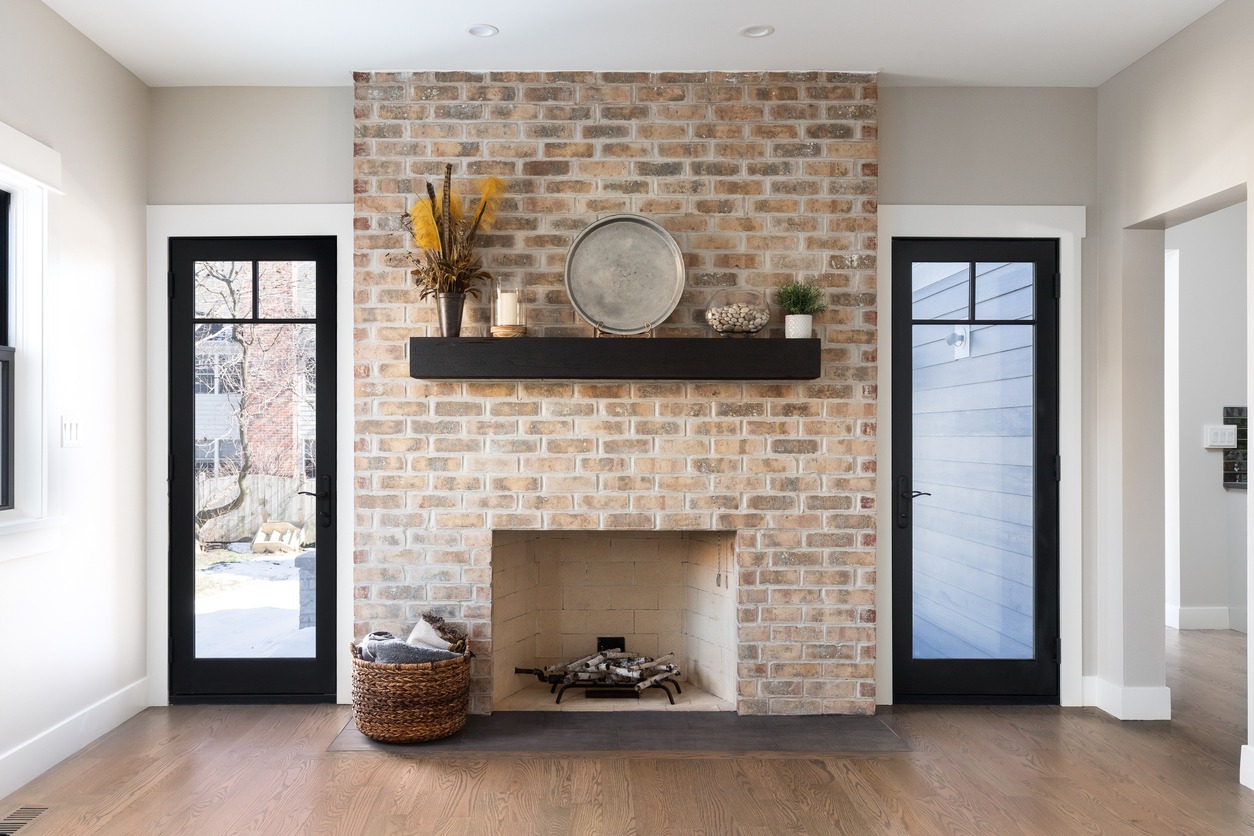For hundreds of years, masonry has been used as a reliable form of construction. Think about the pyramids, Roman ruins, and the Great Wall of China – these are all ancient marvels of masonry.
Sure, things have changed a bit with technology, but masonry still holds its own. Nowadays, it is still a common choice for residential and commercial construction projects, and it can be used for different purposes, including floors, walls, fireplaces, patios, and other applications.
What is Masonry?
Masonry is the art and craft of building and construction of structures using individual units of materials that are laid in mortar and bound together with mortar. The units typically used in masonry are bricks of stone, clay, concrete, or hollow blocks. Masonry can also refer to the term used for these pieces itself.
Masonry construction starts with materials such as:
- Brick: Fired clay bricks are one of the most common masonry materials.
- Stone: Natural stones like granite, limestone, and marble can be used in masonry.
- Concrete Blocks: These are often used for their strength and ease of manufacturing.
- Adobe: Sun-dried mud bricks, often used in arid regions.
- Glass Blocks: Transparent or translucent glass blocks are sometimes used for decorative purposes.
These materials usually come from quarries or pits. Clays get turned into bricks, and concrete blocks are made from cement, sand, aggregate, and water.
When it comes to stone, the most commonly used are granite, limestone, sandstone, and marble. When it comes to shaping them, a variety of tools can be used. It ranges from hand-held tools, like hammers, chisels, mallets, and gouges, to machines including frame and circular saws. There are also many different appliances used for handling stone at the building site.
The masonry material will determine what type of masonry technique will be used. There are different types of masonry techniques, including:
- Brick Masonry: Construction using brick units.
- Stone Masonry: Construction using natural or artificial stone units.
- Concrete Masonry: Construction using concrete blocks.
- Reinforced Masonry: Masonry structures are reinforced with materials like steel bars for added strength.
- Hollow Masonry: Construction using hollow blocks
Architects value masonry for its color, texture, and sense of permanence. Plus, it has a lot of great properties, which will be discussed below.
Benefits of Masonry
1. Durability:
Masonry is a reliable form of construction if you want your structure to last. It can handle extreme weather, and you won’t see it rotting, warping, or corroding. It can withstand hot sun, strong winds, and freezing temperatures. Even hailstones, stones from destruction, or the occasional car bump in the lot won’t cause damage to it.
2. Fire Resistance:
Masonry is practically fireproof, so your belongings and investments stay safe. The materials are non-flammable and non-combustible.
3. Termite Resistance:
Termites, those pesky wood-munchers, won’t make a dent in masonry. It’s highly resistant to wood-destroying insect pests because it’s non-organic.
4. Structural Integrity:
Masonry has been the go-to choice for ages because of its structural integrity. It’s made of bricks, stones, or concrete blocks that are joined together by mortar. You can build walls, floors, and more; it works indoors and outdoors. From cozy fire pits to stylish fireplace surrounds, masonry’s got you covered. It can even be used in roofing and floor support.
5. Improved Insulation (R Values):
When it comes to insulation, masonry walls are reliable. Their thickness provides better insulation compared to wood frame walls. An 8-inch CMU (Concrete Masonry Unit) wall boasts an impressive R-value of R-1.5 per inch. In contrast, your typical stud wall scores a less impressive R-0.6 per inch.
This means masonry walls are 2.5 times more resistant to heat flow than stud walls. But that’s not all—masonry walls also have thermal mass, which helps stabilize indoor temperatures when the weather outside goes haywire. Metal walls can’t match this, so masonry keeps your indoor climate cozy and your heating and cooling bills down.
6. Design Versatility:
Masonry can take on various looks and styles, whether you’re building walls, floors, or charming patios. Masonry’s strength ensures it can stand the test of time with proper care. Plus, you don’t have to wait forever; masonry units can be produced quickly and delivered in a matter of days.
With a wide range of colors and textures to choose from, it can turn your building dreams into grand, elegant, and simply spectacular structures.
7. Eco-Friendly Choice:
It’s a natural product made from clay, sand, and water, and it doesn’t release harmful gases or leach chemicals into the ground. Masonry materials, like brick and stone, increase a building’s thermal mass. This means it’s easier to keep your indoor temperature just right, all while saving energy along the way.
8. Reduced Sound Transmission:
Masonry walls are great at keeping unwanted noise at bay. The weight of brick walls in masonry surpasses that of wood-framed walls, making a significant difference. Bricks and mortar in masonry walls act as a barrier, blocking and soaking up sound waves.
9. Savings on Upfront and Ongoing Costs:
Concrete masonry simplifies your projects by offering durability that stands the test of time. It won’t rust, change color, or get brittle due to the elements.
10. Lower Insurance Rates:
Masonry is a safe bet when it comes to insurance. It’s non-combustible, which keeps insurance rates down. Masonry buildings provide superior protection against fires, break-ins, and other potential damage compared to other construction types.
11. Enhanced Resale Value:
When it’s time to sell, masonry homes are hot items among buyers. Having masonry features can give your home’s resale value a boost.
Depending on what’s available, you can choose from a variety of masonry units, including stone rubble, burnt clay brick, solid block, lightweight concrete blocks (AAC), and gabion.
Drawbacks of Masonry
Masonry comes with its share of drawbacks, which include:
- Labor Intensive:Masonry work is hard work, often requiring skilled professionals to get it done right.
- Costly:Masonry can be pricier compared to other construction methods due to the labor-intensive nature of the job.
- Weighty Materials:The materials used in masonry can be heavy and rigid, making regular vehicles unsuitable for transport.
- Cracking Concerns:Masonry materials may develop cracks and chips over time, potentially necessitating repairs.
- Requires Stable Foundations:Masonry structures need stable foundations; if they’re built on unstable ground or surfaces that shift, cracking and repairs may follow.
- Weather-Sensitive:Masonry work can’t happen when it’s too wet or cold because rain and freezing conditions can affect the mortar.
History of Masonry
While it has its share of advantages and disadvantages, it’s fascinating to know how it came to be. Masonry, an age-old craft, has been man’s construction solution through the ages, dating back to the dawn of human civilizations. It has left its mark across continents – from the Middle East to Europe and Asia, where skilled masons have helped create some of the world’s most awe-inspiring structures. Over time, the art of stone and brick masonry has evolved and adapted, introducing new techniques, tools, and materials to the mix. Here’s the history of masonry.
Prehistoric Days of Masonry
Masonry materials have forever been shaped by the geological features and environmental conditions of the areas where humans built structures. Egyptian temples predominantly featured limestone, sandstone, alabaster, granite, basalt, and porphyry, all quarried along the Nile River. Meanwhile, in western Asia, between the Tigris and Euphrates, abundant clay deposits led to the creation of masonry structures made from sun-dried bricks, often kiln-fired and adorned with glazed finishes.
The ancient Egyptians are renowned for their advanced masonry techniques, particularly the construction of the pyramids. They used massive limestone and granite blocks cut with precision and held together with mortar made from gypsum and clay. By the 4th millennium BCE, Egypt had mastered an intricate stonemasonry technique, reaching its pinnacle with the construction of the grand pyramids, some of the most remarkable ancient structures in existence.
Mortars, like the materials they held together, were sourced from local substances such as lime and natural sand. The techniques and traditions surrounding mortar evolved over time, adapting to changing environments. Mortars served various roles in masonry, including bedding, rendering, and plastering, and their composition varied according to their purpose. Early masons wielded basic tools, including mallets (stone hammers), chisels, and hard straight edges, to shape and cut stones.
In Mesopotamia (modern-day Iraq), the Sumerians and Babylonians constructed ziggurats and city walls using mud bricks and baked clay bricks, creating some of the earliest examples of brick masonry.
Classical History
Greek architecture introduced the use of finely cut and dressed stone in buildings such as the Parthenon in Athens. They developed the orders of architecture (Doric, Ionic, and Corinthian), which influenced Western architecture for centuries.
The Romans also left a mark in the world of masonry when they invented concrete. While well-cut stone blocks could stand without mortar, the Romans recognized the value of cement made from volcanic ash, lime, water, and stone fragments. This mixture transformed into concrete, making walls more cost-effective and quicker to erect than those constructed from stone blocks alone.
Concrete allowed for more creative freedom, and it helped the Romans perfect the arch, a revolutionary construction form. Before the arch, stone builders struggled due to the stone’s lack of tensile strength, meaning it would break under its weight if supported on widely separated piers or walls. The Romans overcame this limitation by placing all the masonry in compression, thanks to the arch, which had the keystone as its centerpiece. This compression made stone incredibly strong, leading to the construction of massive arched bridges, aqueducts, and domes, such as the famous one in the Pantheon in Rome.
Middle Ages
The Middle Ages brought about a transformation in the world of masonry. During this period, masons began specializing in their craft, dedicating themselves entirely to it.
The Middle Ages also saw an evolution of the Roman arch into the pointed arch, creating a robust framework resting on well-spaced piers. The rigid Roman masonry structures gave way to soaring vaults supported by external flying buttresses for added support. Smaller stones and thick mortar joints resulted in an elastic, slender structure that fully utilized the masonry’s capabilities. The use of mortar became crucial for distributing contact stresses between the stones.
As Gothic styles emerged, masonry took center stage in spanning spaces solely through compression, a design formula that suited stone perfectly. However, with the development of the truss in the 16th century, the rise of structural analysis in the 17th century, and the advent of high-tensile resistant materials like steel and reinforced concrete in the 19th century, masonry’s role in spanning space diminished. It made a comeback in the 20th century, thanks to Portland cement, a key ingredient in concrete, which brought unit masonry back to its pre-Roman purpose of forming vertical wall enclosures, partitions, and facings.
Gothic architecture, known for its pointed arches and ribbed vaults, showcased intricate masonry. Masons adopted new tools like compasses and squares, allowing for more precise designs. Mortar, a mixture of sand and lime, became crucial for constructing stable and complex structures. Gothic cathedrals had deep foundations, robust walls, and ornate details, all serving a purpose. Those seemingly frivolous decorations actually strengthened weak points, much like pressing down on a stack of books keeps them from toppling over. Arched flying buttresses, though making cathedrals look like wedding cakes, played a vital role in preventing walls from collapsing outward.
The Renaissance
The Renaissance period sparked a renaissance of masonry itself. It ushered in novel techniques, including the use of keystones, which played a vital role in evenly distributing weight within arches. Masons also embarked on experiments with fresh materials like brick and terra cotta, enabling intricate designs and patterns to flourish. Additionally, they explored the potential of glass as a complementary building material, expanding the horizons of construction possibilities.
As the fervor for cathedral construction waned in the late 14th century, the Gothic style, along with its master masons, began to decline. In this evolving landscape, Europe’s budding nation-states started competing with the church for power and influence. To these emerging nations, the Roman Empire became a powerful model. They embraced Roman architectural elements as symbols of authority, notably the round arch, vault, and, most notably, the dome.
Historians note that this shift gave rise to the first architects, derived from the Greek term “architekton,” meaning chief craftsman. These architects were visionaries who conceptualized a building’s form and structure, distinct from the builders who executed the labor to bring these visions to life.
The Industrial Revolution
The Industrial Revolution, a term first coined by English economic historian Arnold Toynbee to describe Britain’s economic growth from 1760 to 1840, brought about sweeping changes in the realm of masonry.
Architecture underwent a significant transformation in response to the evolving industrial landscape. Before the late 19th century, the strength of a multistory building relied heavily on its walls. As buildings rose higher, the pressure on their lower sections intensified. Load-bearing walls had their limits, forcing large structures to feature incredibly thick walls made of brick or stone on the ground floors, which severely restricted their height.
The Industrial Revolution revolutionized masonry by introducing steam-powered machinery, standardizing brick production, and inventing cement. These innovations empowered builders to create taller and more intricate buildings.
Between 1850 and 1900, brick manufacturing and stone quarrying experienced a surge while the lumber industry thrived in the United States. Bricks became more uniform in size and density, providing structural advantages over their softer predecessors.
New machines, such as steam-powered cranes, facilitated the transportation and lifting of heavy stones, prompting the modernization of stone quarries by adopting steam-operated machinery. These quarries produced greater quantities of stone in more uniform and custom pieces.
During this era, Joseph Aspdin, a 19th-century British stonemason, pioneered the development of cement. He heated a mixture of ground limestone and clay in his kitchen stove, then pulverized the result into a fine powder. This marked the birth of Portland Cement, named for its resemblance to Portland stone quarried on England’s Isle of Portland. This groundbreaking hydraulic cement hardened when mixed with water and paved the way for reinforced concrete. These novel materials and techniques enabled the construction of towering and intricate structures, including skyscrapers and bridges.
Masonry in the Modern Age
In the 20th century, masonry gained prominence in housing, often replacing wood-stud construction. Cavity walls, known for their moisture resistance, featured two vertical layers of masonry separated by insulating material. Concrete blocks were used for foundations, and building codes frequently mandated masonry for firewalls.
Today, masonry remains a vital component of the construction industry. While traditional methods persist, innovations have made their way into the field. Modern masons employ power tools like saws and drills to shape and cut stones. Moreover, computer-aided design (CAD) software has revolutionized design processes and execution.
Contemporary masonry embraces both new and traditional materials. It showcases impressive constructions while sustainable practices take center stage. Recycled materials, including crushed glass and fly ash, find their way into masonry projects. Construction methods like passive solar design reduce energy consumption, aligning with the sustainability trend.
Masonry restoration plays a crucial role in preserving historic buildings like Notre Dame’s vaulted ceilings. Traditional techniques and materials are employed to maintain the original character of these structures. Masonry structures, which constitute a significant portion of buildings in regions prone to seismic activity, face challenges from temperature variations, moisture exposure, and environmental factors. Coursed rubble stone masonry, a technique utilizing various-sized stones in level courses, is favored in areas with abundant stone resources due to its resilience.
The Future of Masonry
The future of masonry holds promise, with stone veneers emerging as a noteworthy development. Even staunch advocates of real stone acknowledge the advantages of stone veneer. Innovations like lightweight veneers easily installed with a nail gun, exemplified by Evolve Stone, signal masonry’s evolving path. These advancements enhance the appeal and efficiency of masonry construction, keeping it relevant in the ever-changing world of architecture and construction.
Conclusion
Throughout history, masonry has evolved alongside advances in technology and architecture. It has been a cornerstone of human construction, contributing to structures’ durability and aesthetic beauty worldwide. The techniques and materials may have evolved, but the principles of masonry have endured, making it a fundamental aspect of architectural history and construction.
